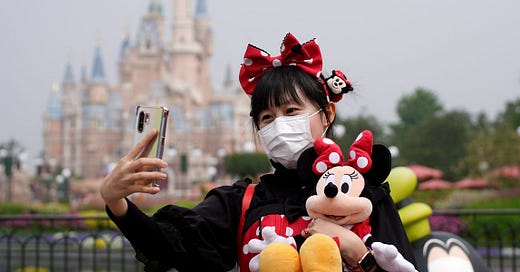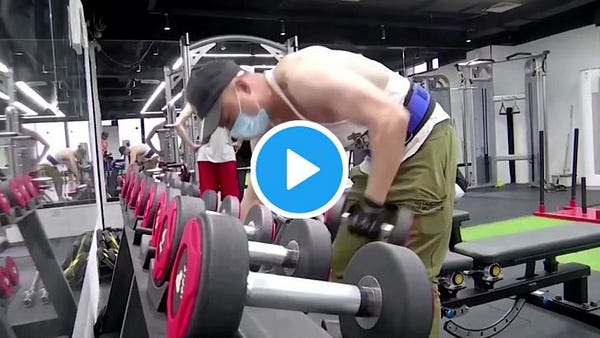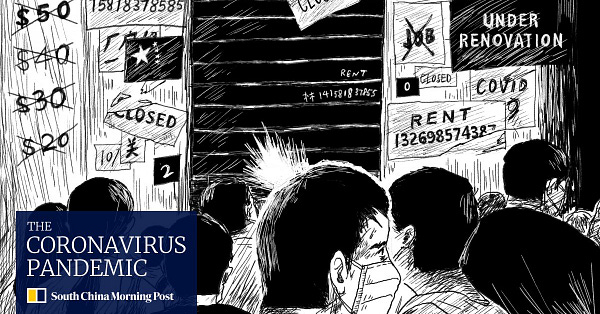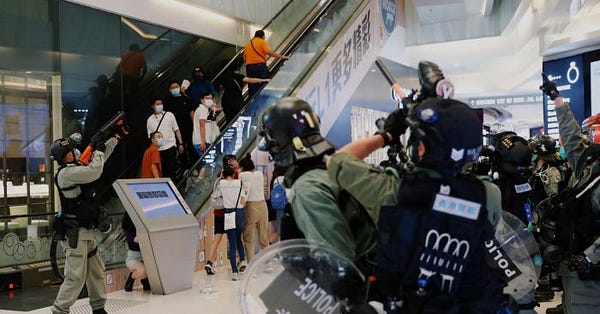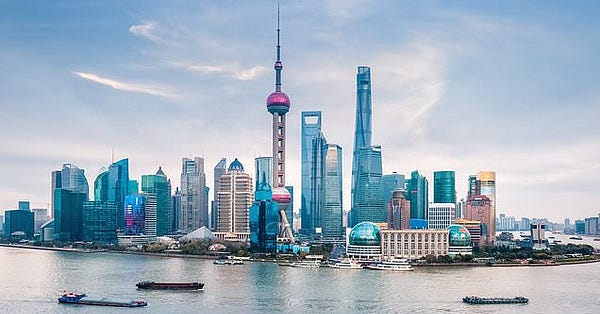Mouse squeaks back


While cutting its maximum capacity from 80,000 to 24,000 visitors a day, along with installing anti-virus controls, the re-opening of Shanghai Disneyland told a story in pictures of how China is attempting to revive daily life after its peak of COVID-19, through symbols of American pop culture. Masked workouts have also become a new normal:
But the discovery of new coronavirus cases in Wuhan, which formed the first cluster there after lockdown restrictions were eased on April 8, have brought on a new testing initiative: all 11 million residents will be swabbed during “10 days of mass battle.”
The pandemic’s price
An official with China’s central bank said the country is likely to see a “V-shaped recovery.” But an objective look at the economic data indicates otherwise, as manufacturers face reduced demand from all over. It’s also raising questions about unemployment, and how the Communist party may respond to related social unrest.
HK resistance returns
The revived Hong Kong protests included arrests at a shopping mall, where police claimed that students were disguising themselves as journalists to document their confrontations. Pro-Beijing leader Carrie Lam is now blaming the education system for fuelling the resistance, which is headed for greater scrutiny at the United Nations.
Social media snooping


The report on how surveillance of international users is helping WeChat beef up its censorship is the latest investigation into Chinese social media. The popularity of its mobile payments network is also allowing WeChat owner Tencent to expand in a new way: it will help Canadian coffee chain Tim Hortons expand to 1,500 outlets in China.
New academic suspicion
A crackdown on American college and university researchers accepting payments from China for what the FBI sees as theft of technology and trade secrets led to the arrest of another professor: Simon Ang of the University of Arkansas was arrested after he allegedly failed to disclose those funding links on a NASA grant application.
The last words, for now
Beijing has formally banned copycats of foreign architecture that pay tribute to landmarks from around the world, to prioritize local design instead. The government says “city inspections” of existing examples will follow. Taller buildings have also been given new height limits:
The China Letter is sent on Wednesdays. If you’re not subscribed yet, do it here:

